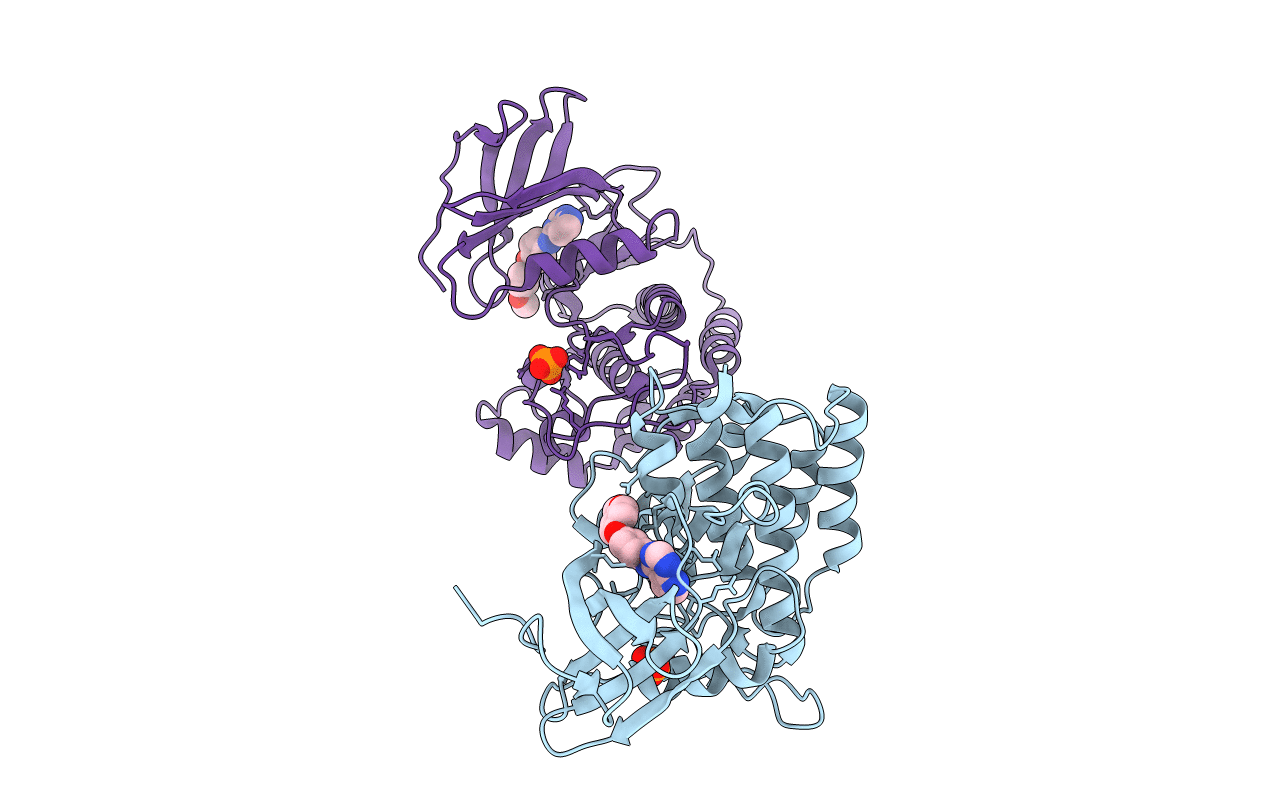
Deposition Date
2021-11-11
Release Date
2022-03-09
Last Version Date
2024-01-31
Entry Detail
PDB ID:
7Q90
Keywords:
Title:
Crystal structure of TTBK2 in complex with VNG1.63 (compound 32)
Biological Source:
Source Organism:
Homo sapiens (Taxon ID: 9606)
Host Organism:
Method Details:
Experimental Method:
Resolution:
1.60 Å
R-Value Free:
0.22
R-Value Work:
0.19
R-Value Observed:
0.19
Space Group:
P 21 21 21


